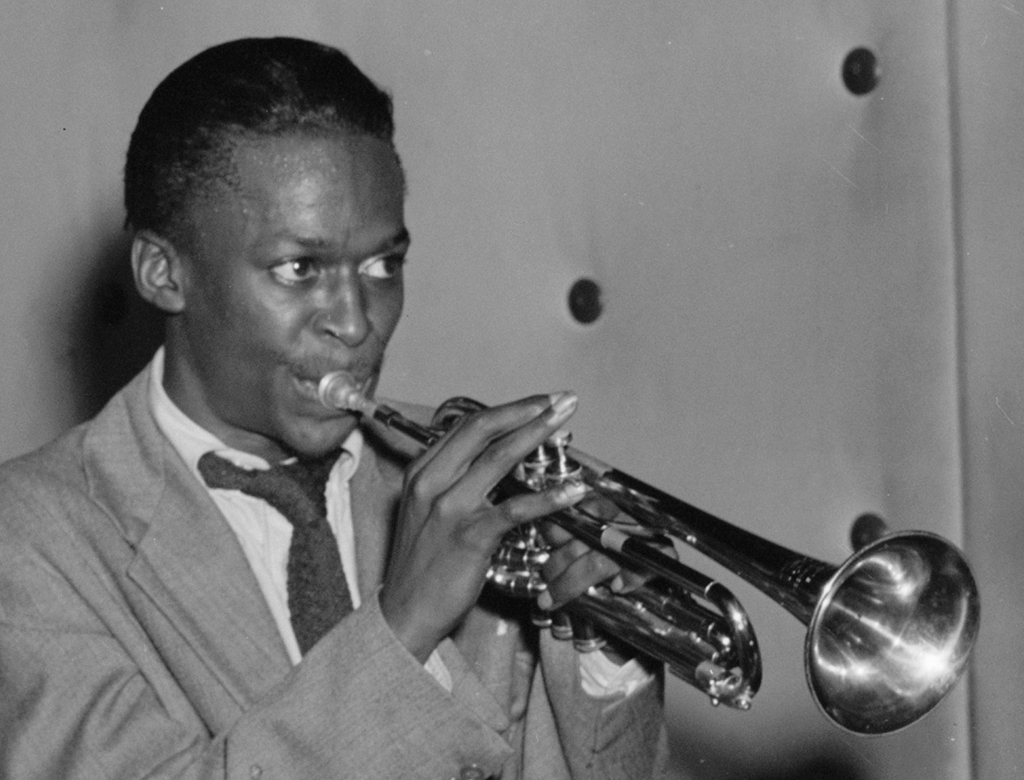
Photo- Cifra Club
The Sound of Bob Dylan: Folk's Nobel Laureate
Bob Dylan, a name synonymous with folk music and lyrical brilliance, has profoundly influenced the world of music and literature.
3 July 2024
Bob Dylan's unique voice, poetic songwriting, and ability to capture the essence of difficult times earned him not only a devoted fan base but also the prestigious Nobel Prize in Literature. This article explores the life, music, and the legacy of Bob Dylan, the troubadour who redefined the boundaries of folk music.
Born Robert Allen Zimmerman on May 24, 1941, in Duluth, Minnesota, Dylan grew up in the small town of Hibbing. From an early age, he was inspired by the music of Hank Williams, Woody Guthrie, and other folk and blues legends. He taught himself to play the guitar and harmonica and began performing in local bands during his high school years.
In 1961, Dylan moved to New York City, drawn by the folk scene in Greenwich Village. It was here that he adopted the stage name Bob Dylan, a nod to the Welsh poet Dylan Thomas. Dylan quickly gained a following with his blend of folk tunes and original compositions, marked by poetic lyrics.
Dylan's self-titled debut album, released in 1962, showcased his talent as a folk singer and songwriter. However, it was his second album, "The Freewheelin' Bob Dylan" (1963), that slingshot him to fame. The album featured iconic songs like "Blowin' in the Wind" and "A Hard Rain's A-Gonna Fall."
In 1965, Dylan shocked the folk music community by "going electric" at the Newport Folk Festival. This marked a significant turning point in his career, as he began to blend rock and folk, creating a new sound that would influence many upcoming musicians. Albums like "Highway 61 Revisited" (1965) and "Blonde on Blonde" (1966) featured electric instruments and a more complex, layered production.
The release of "Like a Rolling Stone," with its electric sound and stream-of-consciousness lyrics, was a pivotal moment in rock history. The song's success demonstrated Dylan's ability to innovate and push the boundaries of pop music, cementing his status as a musical pioneer.
Throughout the late 1960s and early 1970s, Dylan faced personal struggles and artistic challenges. A near-fatal motorcycle accident in 1966 forced him to take a hiatus from touring and recording. During this period, he focused on family life and released more introspective albums like "John Wesley Harding" (1967) and "Nashville Skyline" (1969), which showcased country sound.
Dylan experienced a resurgence in the mid-1970s with the release of "Blood on the Tracks" (1975), an album widely regarded as one of his best works. The emotionally raw songs on the album resonated with listeners and reaffirmed his status as a master songwriter.
In the ensuing decades, Dylan continued to experiment with different musical styles, including gospel, blues, and jazz. He maintained a rigorous touring schedule, earning the nickname "the never-ending tour." Despite the evolving musical landscape, Dylan's influence remained undiminished.






